Rehab Recovery
$49.99
Rehab Recovery™ utilizes a patented curcumin extract called BioBDMCSPORT™ which is a new standard of anti-inflammatory therapeutics designed through unique technology to significantly increase curcumin III, or bisdemethoxycurcumin (BDMC), levels. BioBDMCSPORT™ not only affects inflammatory markers adversely but also provides improved stability and bioavailability for the other curcuminoids. This ultimately results in fast & effective – within hours instead of days – joint pain relief and amelioration of other causes of inflammation.
When compared to the inhibition of key inflammatory cytokines, BioBDMCSPORT™ reduced inflammation up to 14 times more effectively than curcuminoid-based drugs and NSAIDs such as Ibuprofen and ASA.
In addition to its anti-inflammatory benefits, BioBDMCSPORT™ has one of the highest antioxidant values – when measured using ORAC – at 117 times greater than astaxanthin and 208 times greater than Standard Curcumin. This high antioxidant value is what makes BioBDMCSPORT™ resistant to autoxidation compared to Standard Curcumin, which autoxidizes within minutes.
Recommended Dose: Adults take 1-3 capsules daily or as directed by a health care professional. Take with food, preferably a fat-containing meal.
Recommended Use: Used in herbal medicine as an anti-inflammatory to help relieve joint inflammation: source of antioxidants for maintenance of good health,
Caution: Consult a health care professional prior to use if you are pregnant or breastfeeding, if taking antiplatelet medication or blood thinners, if suffering from bile duct obstruction such as gallstones, if you have stomach ulcers or excess stomach acid, or if symptoms persist or worsen. Do not use if seal under cap is broken or missing.

Research Brief
Mitogen- and stress-activated protein kinase 1 (MSK1) is a nuclear kinase that plays a significant role in transcription regulation. One of the curcuminoids, Curcumin III, from the curcumin extract is shown for the first time here to counteract the recruitment of MSK1 at inflammatory gene promotors. In addition to p65 transactivation by phosphorylating this transcription factor at serine276, active nuclear MSK1 partakes in relaxation of chromatin by its phosphorylation of histone H3 serine10; and phosphorylation and subsequent activation of CREB serine133 to facilitate NF-kB p65p50-related and other transcriptional events leading to gene expression of as many as 150 genes responsible for immune and inflammatory regulation. Nuclear and cytoplasm MSK1 status is revealed for the first time to be down-regulated by curcumin III (bisdemthoxycurcumin) but not by curcumin I (diferuloylmethane) or curcumin II (demethoxycurcumin).
The upstream mechanism driving inhibition of MSK1 expression is also shown here for the first time to be the upregulation of MIR148a (microRNA 148a) by curcumin III. The unique and complex activity of the natural curcuminoid system is further defined by the additional discovery of curcumin II’s down-regulation of MIR148a in opposition to curcumin III’s activity, while curcumin I still remains neutral with the regards to the MIR 148a target.
The discovery of these intricate activities reveals a complex underlying mechanism by which curcumin or more specifically, curcuminoid-induced inhibition of inflammation can be heightened beyond the activity of the common curcumin extract. It also demonstrates how the curcumin extract, once thought to be pointed, in its anti-inflammatory activity is rather crude when demystified by this new knowledge. This understanding reveals curcumin pharmacology can be designed to be rather selective with regards to translational outcomes, kinase targets and genomic activity despite the multiple cytoplasmic targets that characterise curcumin’s pharmacology – a polypharmacology that has had allopathic medical practitioners on high alert due to unpredictability.
Typically low curcumin III (<2.0%) content and the lack of curcuminoid standardization in the common curcumin extract may be a major factor contributing to the lack of reliability with curcumin administration in research and clinical practice in the context of inflammatory disease and cancer therapy. Elevation of this curcumin III analogue to a concentration of 30% versus the common 1.0 % changes the efficacy of this formidable natural drug to finally allow it to perform at a completely new level of activity.
These new discoveries empower pharmacologists with the knowledge required to design curcumin-based prophylactic supplements and drug therapies with greater efficacy and improved selectivity; something researchers and clinicians have not been able to do like we can do now with this knowledge. New in vivo and other research models to further investigate the regulation of MIR148a and the downstream inhibition of MSK1 translation by a curcumin III- dominant or exclusive drug preparation to overcome the opposing activity of curcumin II continues to define ways to improve clinical and research reliability using curcumin-based drugs as complements or alternatives to glucocorticoids for glucocorticoid-resistant inflammatory disease; and to chemotherapy for drug-resistant cancers.
MSK1 is found to be often dysregulated in drug resistant cancers and autoimmune diseases. Equipped with this new knowledge curcumin-drug design can involve a switch-like digitizing of the drug by alteration of the inherent curcuminoid analogue proportions known now to result in alteration of proteome target specificity in order to modulate efficacy, selectivity and indication-specific activity and improve reliability. This redefines our understanding of curcuminoid pharmacology and supports the need to define and even manipulate curcuminoid constitution within a curcumin extract in order to better predict and direct the activity of a curcumin-based drug.
Franco Cavaleri BSc PhDc;
Biologic Pharmamedical Research

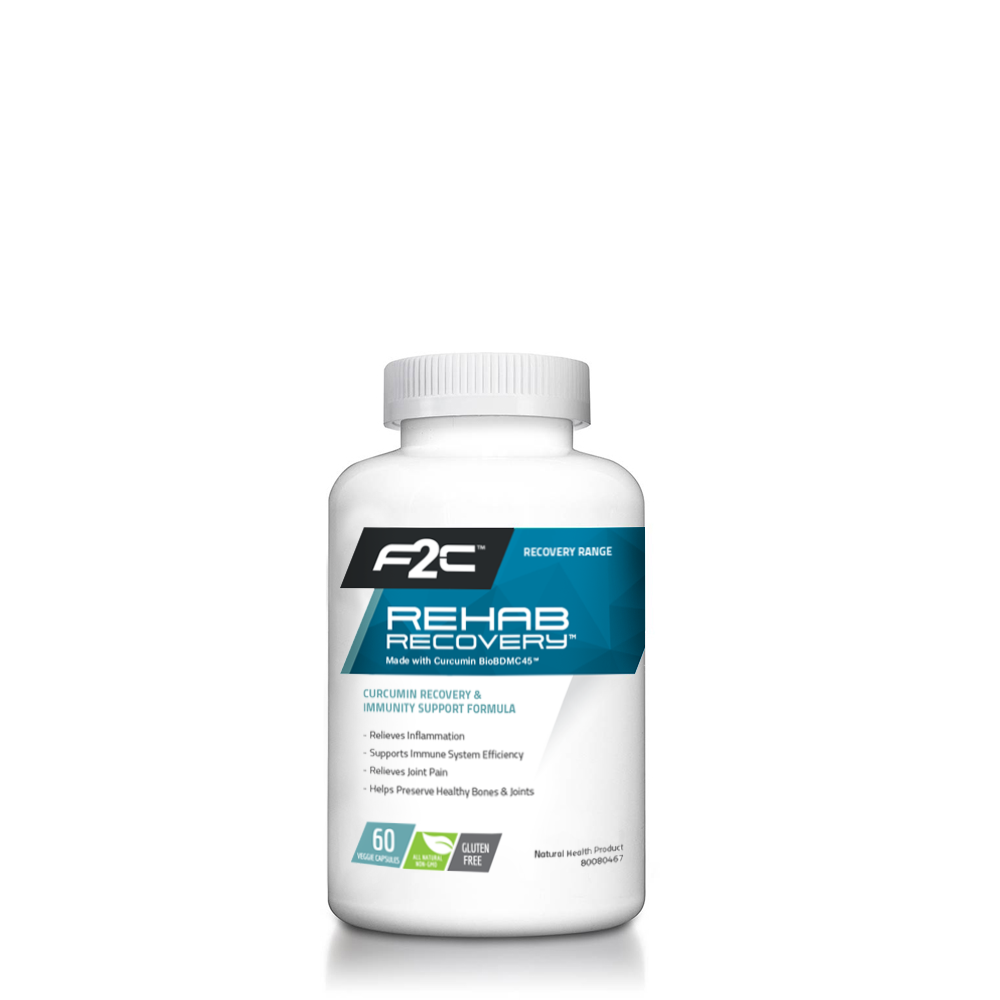
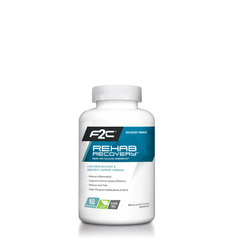
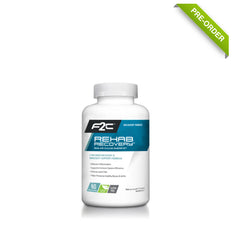
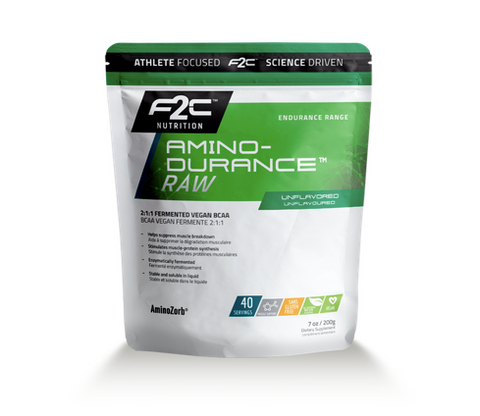
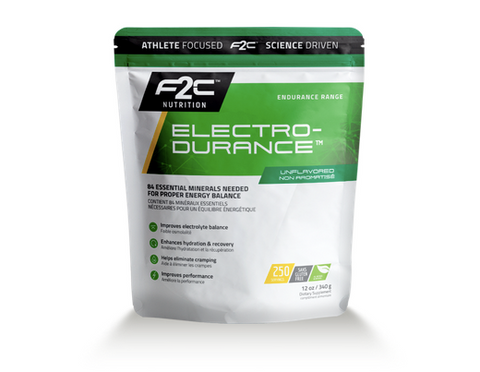

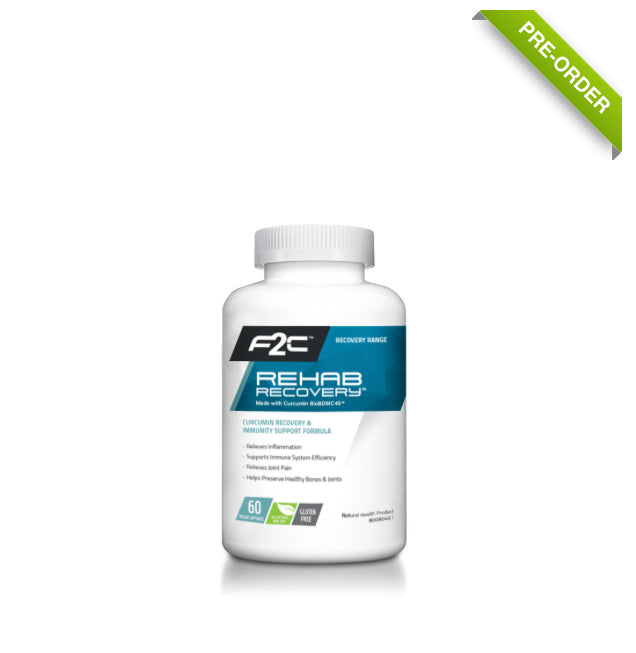
Share this item: